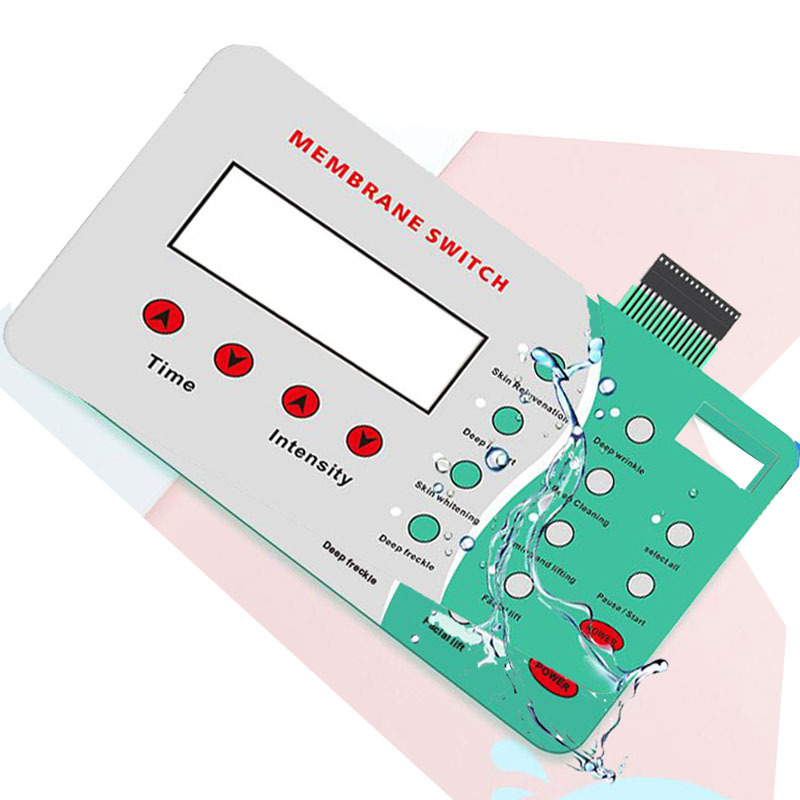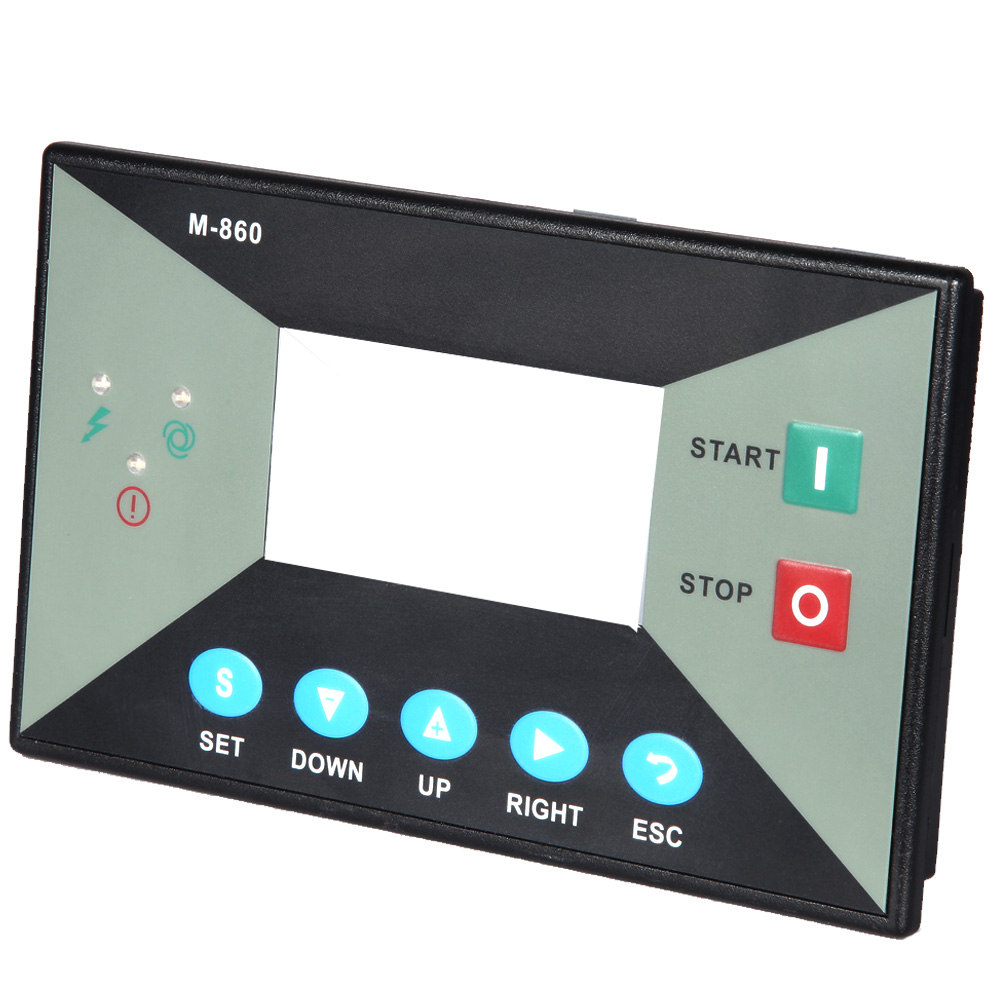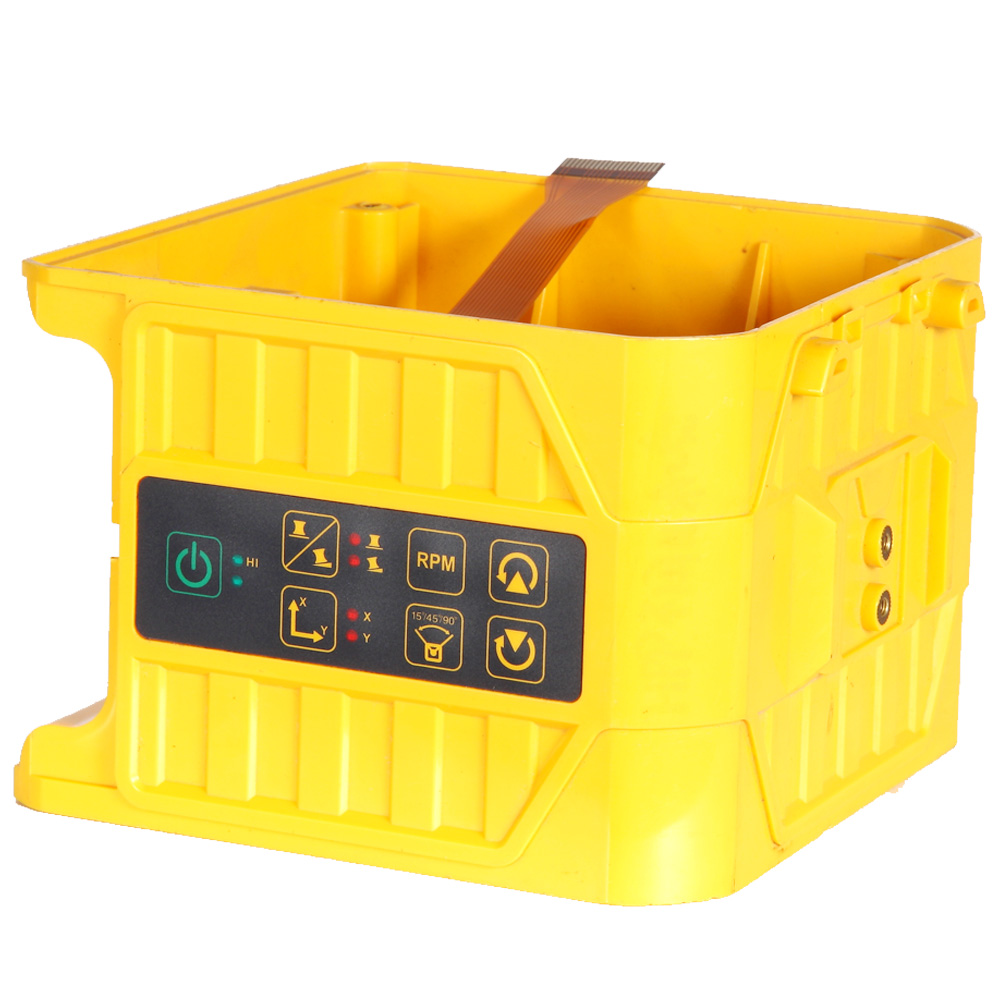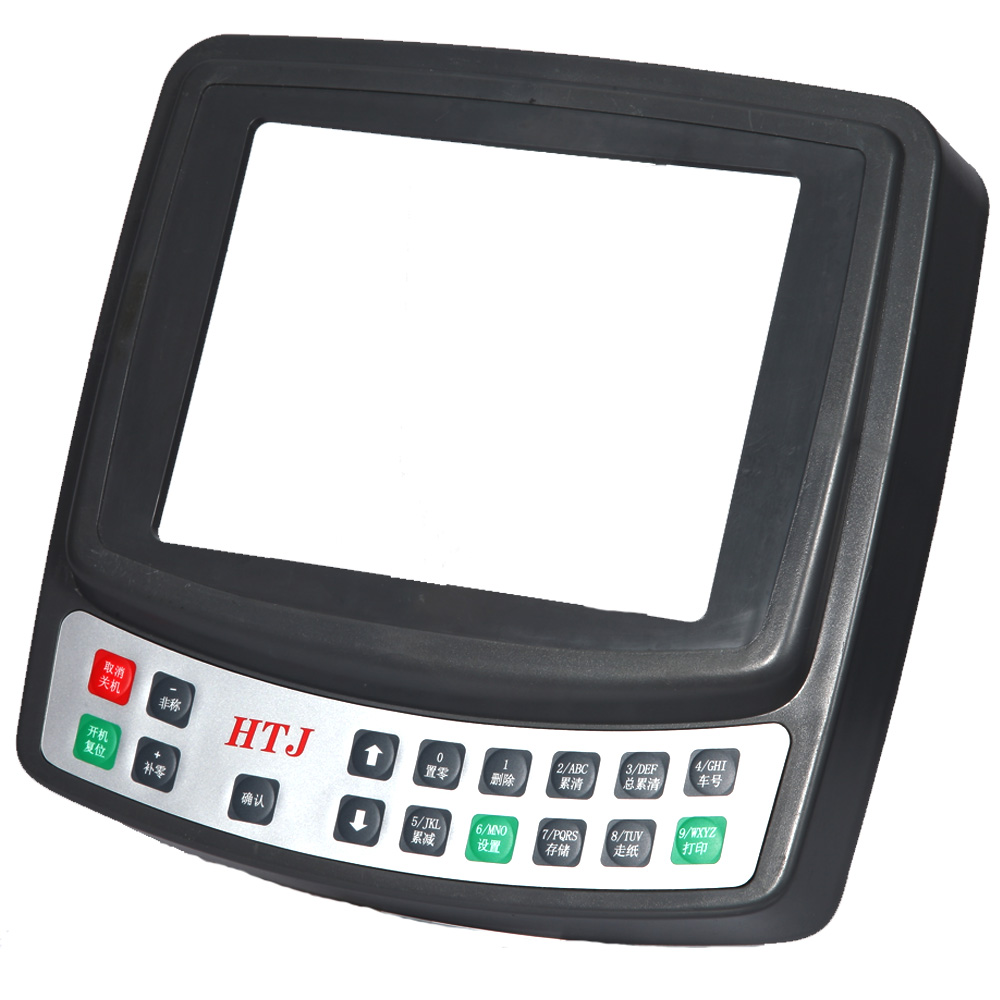
 Tel: +86755-27523807 +8613715205860(wechat/whatsapp)
Tel: +86755-27523807 +8613715205860(wechat/whatsapp) Email: jcf@jcftechnology.com
Email: jcf@jcftechnology.com

 Tel: +86755-27523807 +8613715205860(wechat/whatsapp)
Tel: +86755-27523807 +8613715205860(wechat/whatsapp) Email: jcf@jcftechnology.com
Email: jcf@jcftechnology.com
Waterproof membrane switches are designed to function reliably in environments where exposure to moisture, water, or
chemicals is a concern. These switches are commonly used in industries like automotive, medical devices, outdoor electronics,
and industrial machinery. To achieve waterproofing, various solutions and materials are used in the construction of membrane
switches.

Here are some common methods to make membrane switches waterproof:
1. Sealed Edges (O-Ring or Gasket Sealing)
How it works: The edges of the membrane switch are sealed with an O-ring or gasket to prevent water from entering the internal components. This can be done by using silicone or rubber gaskets around the switch perimeter.
Benefits: This provides a tight seal and is an effective barrier against moisture.
Applications: Common in consumer electronics, automotive, and medical devices.
2. IP Rating (Ingress Protection)
How it works: The membrane keypad switch is designed and tested to meet specific IP ratings, such as IP65, IP67, or IP68.
These ratings define the switch's resistance to water and dust ingress.
IP65: Protected against dust and water jets.
IP67: Protected against dust and immersion in water up to 1 meter.
IP68: Protected against dust and long-term immersion in water beyond 1 meter.

3. Overmolding
How it works: Overmolding is the process of encapsulating the membrane panel switch in a layer of waterproof plastic or rubber.
This adds durability and prevents moisture from affecting the internal components.
Benefits: Provides a highly waterproof seal and adds physical durability to the switch.
Applications: Common in medical devices, military equipment, and rugged electronics.
4. Use of Waterproof Materials
How it works: The materials used for the membrane switch itself can be chosen for their waterproof properties. For instance, polyester or polycarbonate films can be used to make the switch resistant to moisture.
Benefits: Increased durability and longer lifespan in wet environments.
Applications: Consumer goods like waterproof remote controls and outdoor equipment.

5. Integrated Silicone Rubber Keypads
How it works: Silicone rubber keypads can be integrated with membrane switches to provide a fully waterproof solution. The
silicone rubber layer acts as a barrier to prevent water ingress, while also adding tactile feedback.
Benefits: Very durable and provides excellent waterproof performance.
Applications: Medical equipment, underwater electronics, and other devices needing high moisture resistance.
6. Potted Membrane Switches
How it works: In this method, the entire switch is "potted" (sealed) in a protective material, such as a polyurethane or epoxy
resin, to ensure the entire switch is resistant to water and other harsh elements.
Benefits: Provides excellent protection against water, dust, and other environmental factors.
Applications: Used in automotive, aerospace, and military applications where environmental factors are a concern.

The most appropriate waterproofing solution for a membrane switch depends on the specific environment and application
requirements. Factors such as the level of exposure to water, temperature ranges, and mechanical stress should be considered
when selecting the right approach. The combination of materials and techniques like sealing, overmolding, and coating can
significantly enhance the durability and functionality of membrane switches in harsh conditions.
More information visit:www.jcftechnology.com